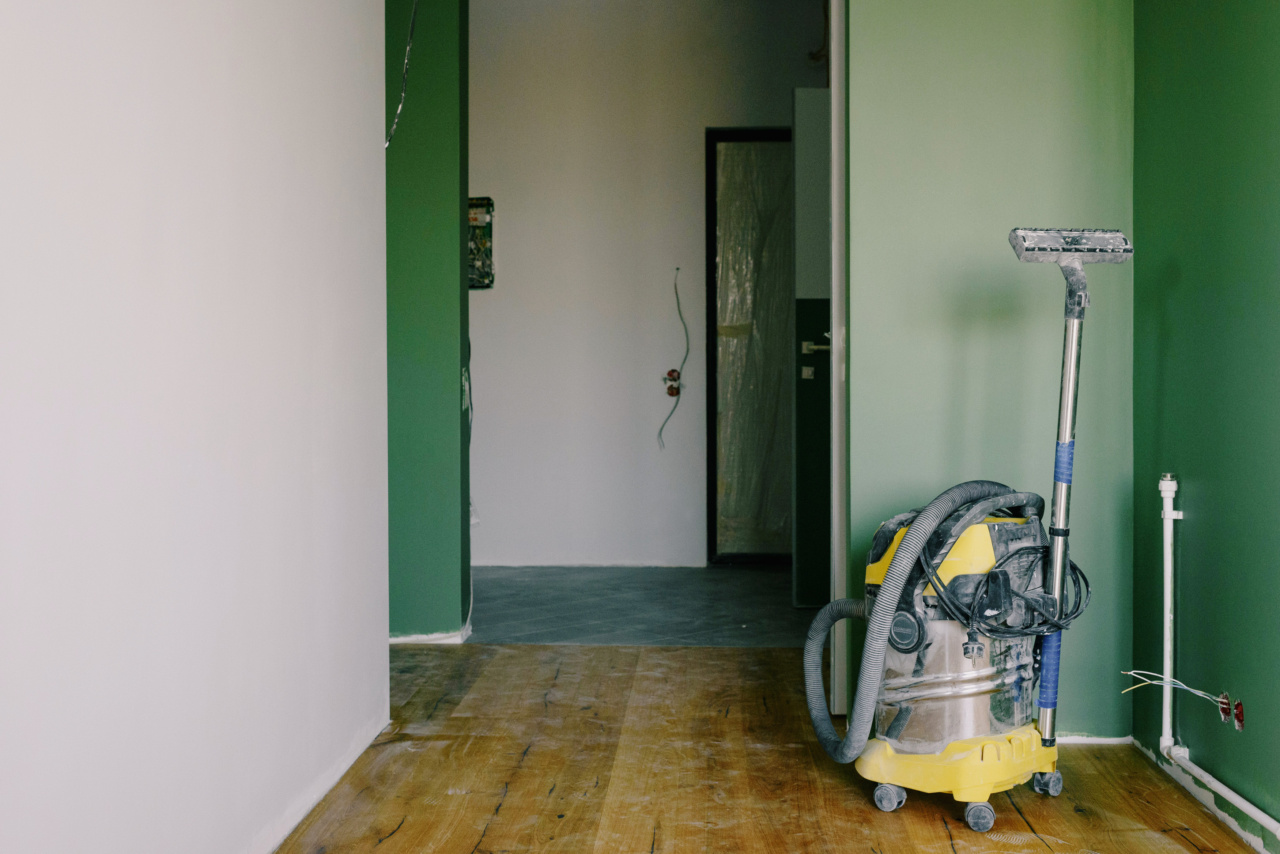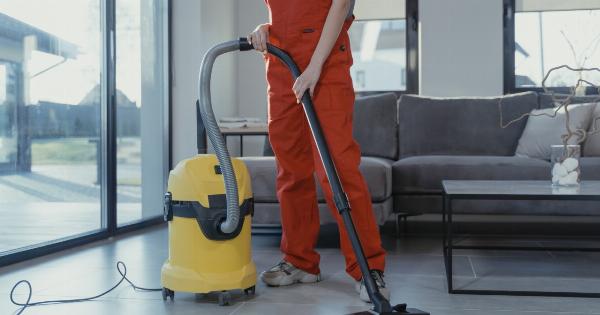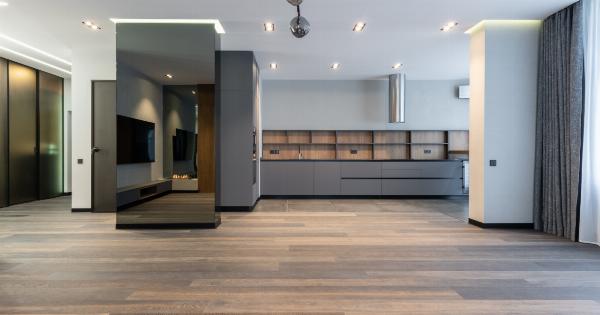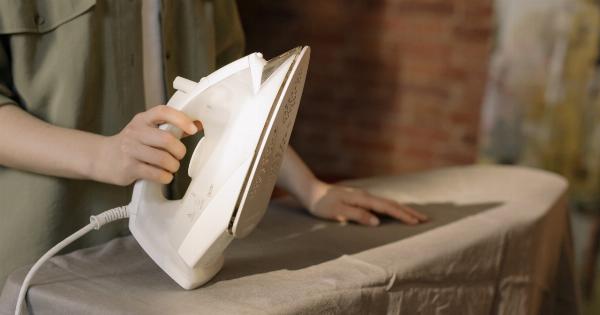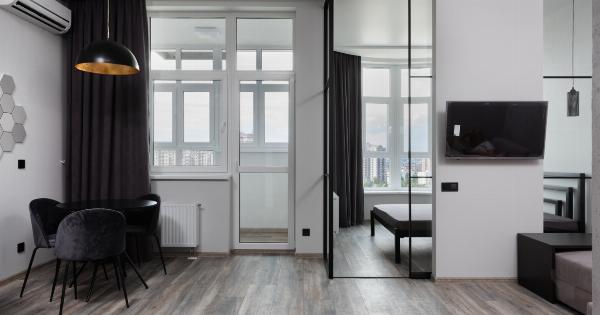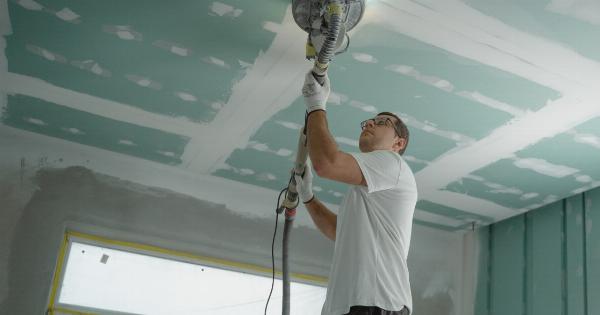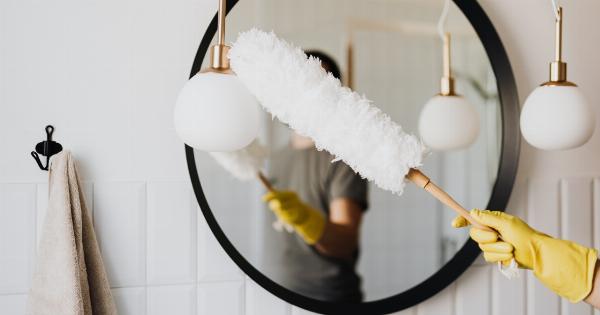Allergies can greatly affect a person’s quality of life, causing discomfort, respiratory issues, and other unpleasant symptoms.
It is important for individuals with allergies to maintain a clean environment to minimize the risk of triggering allergic reactions. Vacuum cleaners play a crucial role in reducing allergens in the home by effectively removing dust, pet dander, pollen, and other potential triggers.
Understanding Allergies
Before we delve into the critique of vacuum cleaners, it is essential to have a basic understanding of allergies. Allergies are triggered when the immune system reacts to substances it considers harmful, known as allergens.
These allergens can be found in dust mites, pet hair, mold spores, pollen, and even certain foods. When exposed to allergens, individuals with allergies may experience symptoms such as nasal congestion, sneezing, watery eyes, and skin rashes.
Allergies and Indoor Air Quality
Indoor air quality plays a crucial role in managing allergies. It is estimated that indoor air can be up to five times more polluted than outdoor air, primarily due to the accumulation of allergens.
Dust mites, pet dander, and mold spores are common allergens found in indoor environments. Regular cleaning, particularly with a suitable vacuum cleaner, can significantly improve indoor air quality and reduce the risk of allergy symptoms.
Choosing the Right Vacuum Cleaner
When it comes to allergies, not all vacuum cleaners are created equal. Certain features and technologies can make a vacuum cleaner more effective in reducing allergens in the home. Here are some key factors to consider when selecting a vacuum cleaner:.
1. HEPA Filtration
HEPA stands for High-Efficiency Particulate Air. Vacuum cleaners with HEPA filters are designed to trap even the smallest particles, including allergens. These filters are capable of capturing up to 99.97% of particles as small as 0.3 microns.
HEPA filtration is especially beneficial for individuals with respiratory conditions such as asthma.
2. Sealed System
A vacuum cleaner with a sealed system ensures that the air sucked in through the nozzle is efficiently filtered and does not escape back into the room without going through the filtration process.
This prevents allergens from being reintroduced into the environment, further improving indoor air quality.
3. Allergen-Friendly Design
Some vacuum cleaners are specifically designed with allergy sufferers in mind. These models often feature specialized brushes and nozzles, such as those with anti-static bristles to prevent dust from being kicked up during the cleaning process.
4. Suction Power
A vacuum cleaner with sufficient suction power is essential for effectively removing allergens from various surfaces, including carpets, rugs, upholstery, and curtains.
Strong suction ensures that allergens are not just stirred up but are, instead, securely captured by the vacuum cleaner.
5. Easy-to-Empty Dust Bin
For individuals with allergies, it is crucial to choose a vacuum cleaner with an easy-to-empty dust bin. Emptying the bin should be a quick and hygienic process, minimizing contact with allergens during disposal.
Regular Maintenance and Cleaning Tips
Once you have chosen a vacuum cleaner suitable for allergies, it is important to maintain and clean it regularly to ensure its optimal performance. Here are some tips:.
1. Clean or Replace Filters
Filters can become clogged over time, reducing the effectiveness of the vacuum cleaner. Check and clean the filters regularly, or replace them as necessary, according to the manufacturer’s instructions.
2. Empty the Dust Bin Frequently
To prevent allergens from accumulating and being released back into the environment, empty the dust bin after each use or when it reaches the indicated fill level. Dispose of the contents in a sealed bag or bin to avoid allergen exposure.
3. Vacuum Regularly
Regular vacuuming is key to maintaining a clean and allergen-free environment. Pay extra attention to high-traffic areas, upholstery, curtains, and bedding. Aim for a weekly vacuuming routine to minimize allergen buildup.
4. Consider Professional Cleaning
For individuals with severe allergies or those living in areas with high pollen counts or mold issues, professional cleaning services may be beneficial.
Professional cleaners have specialized equipment and techniques to deeply clean and remove allergens from carpets, upholstery, and other surfaces.
Conclusion
A vacuum cleaner designed with allergies in mind can make a significant difference in managing allergic reactions and maintaining a clean indoor environment.
Features such as HEPA filtration, sealed systems, and allergen-friendly designs ensure efficient allergen removal. By choosing the right vacuum cleaner and adhering to regular maintenance and cleaning practices, individuals with allergies can create a responsible and allergen-free living space.
